As of July 10, 2025, Rome has a new cultural space dedicated to the historical memory,industrial identity and artistic heritage of one of its main public companies. In fact, ACEA Heritage was born, a permanent exhibition set up in the company’s historical headquarters in Piazzale Ostiense, designed to recount through works of art, archival documents and technical objects more than a century of activity of ACEA (an acronym for Azienda Comunale Energia e Ambiente), thepublic enterprise active in the water, environmental and energy sectors (the company produces and distributes electricity and manages the capital’s electric charging stations), founded in 1909 as AEM (Azienda Elettrica Municipale). The opening was attended by President Barbara Marinali, CEO Fabrizio Palermo, and Mayor of Rome Roberto Gualtieri.
The exhibition is part of the Museimpresa network, the Italian Association of Archives and Business Museums that enhances the cultural and historical heritage of Italian industrial realities. With this project, ACEA intends to take a further step in the direction of preserving and sharing its history, offering a space not only for exhibition but also for consultation, education and dialogue with the public.
Set up in the former public hall of the building designed by architects Ludovico Quaroni, Vincenzo Macrì and Maurizio Romitelli, ACEA Heritage covers an area of 1,300 square meters and presents itself as a documentary, exhibition and cultural center that aims to combine historical memory, research and dissemination. The itinerary offers a reflection on the industrial, urban and social evolution of the Capital, through the lens of the main Roman utility active in the water, energy and environmental services sectors. The exhibition is curated by ACEA in collaboration with the Gino Marotta and Pietro De Laurentiis Archives.
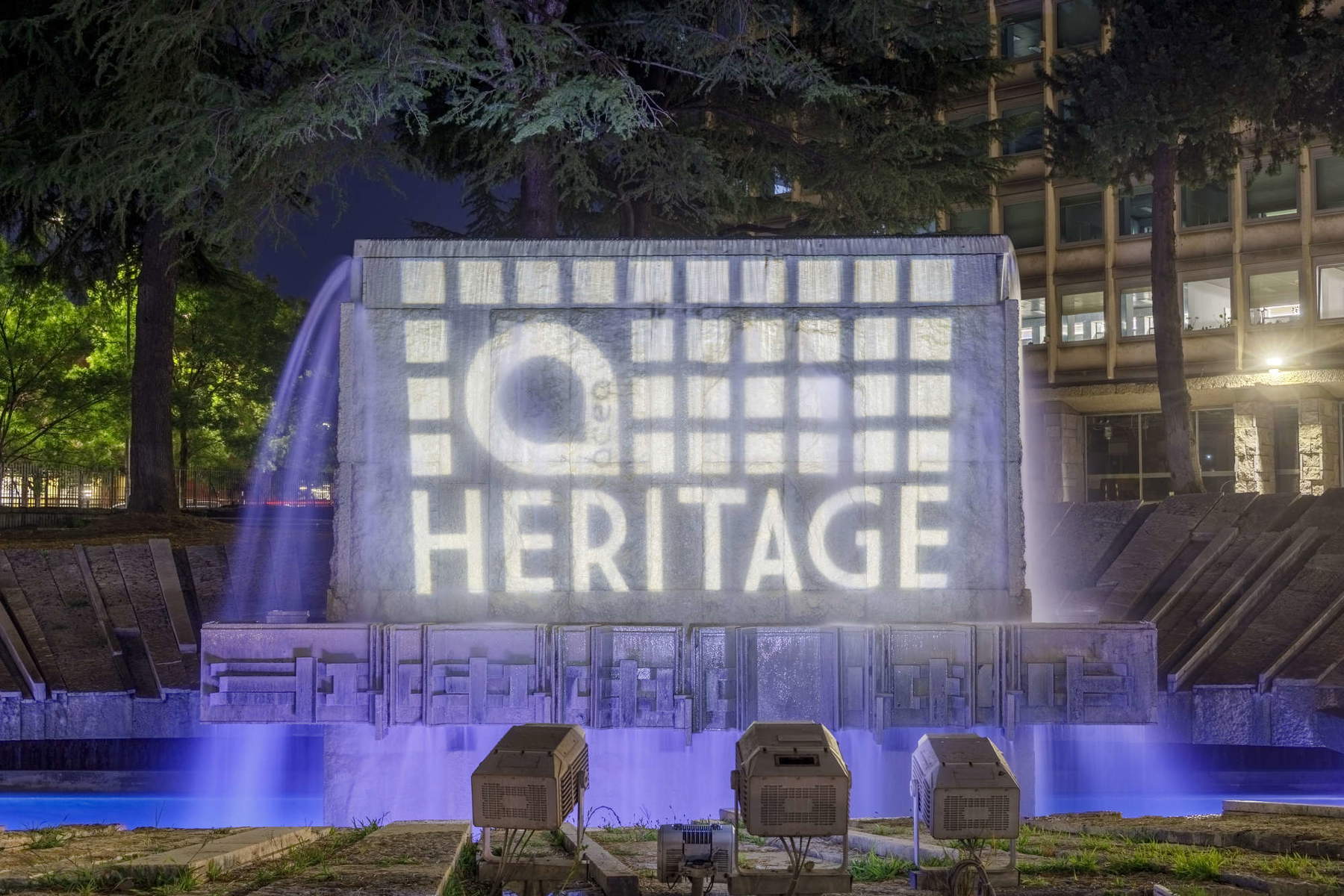

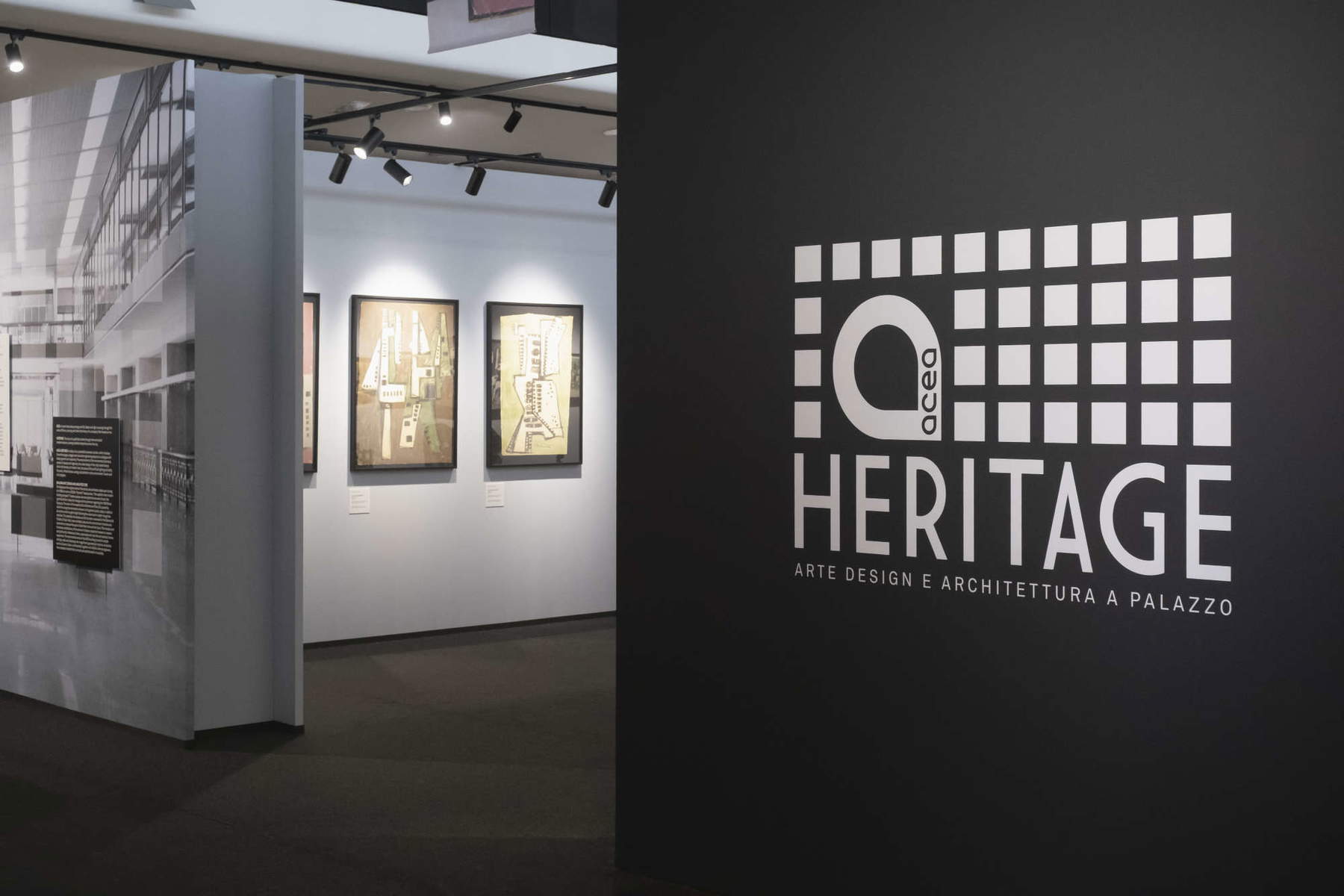
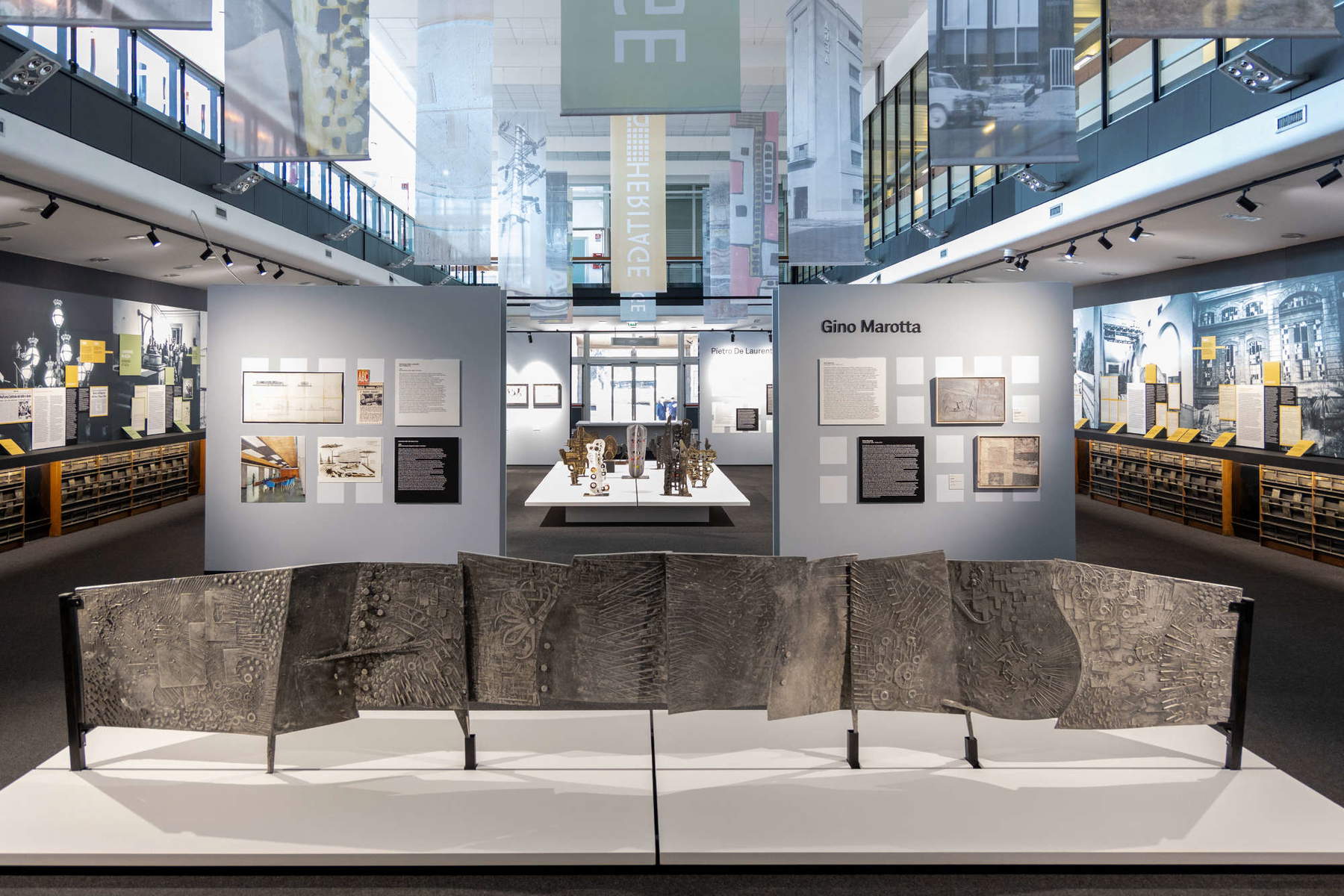
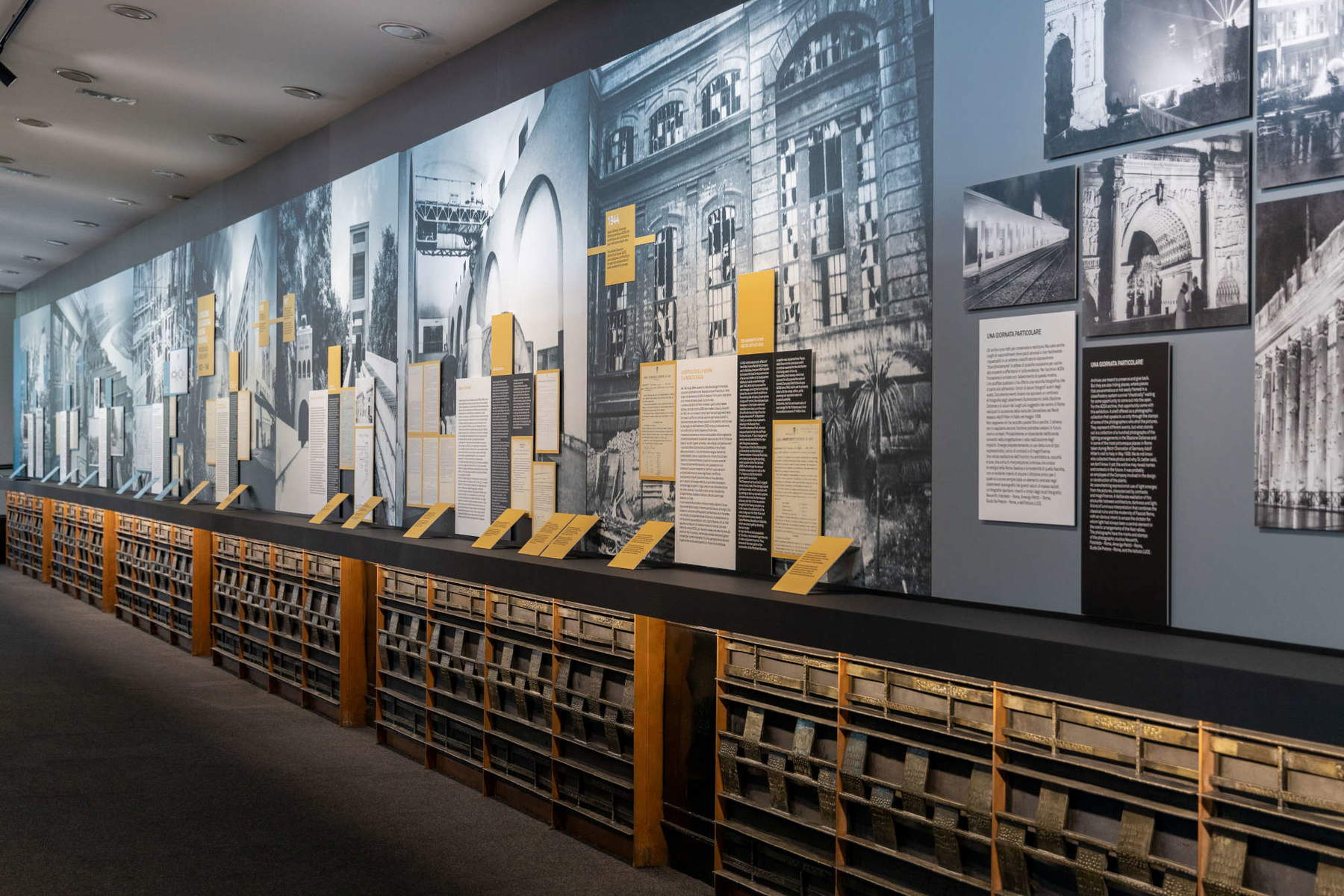
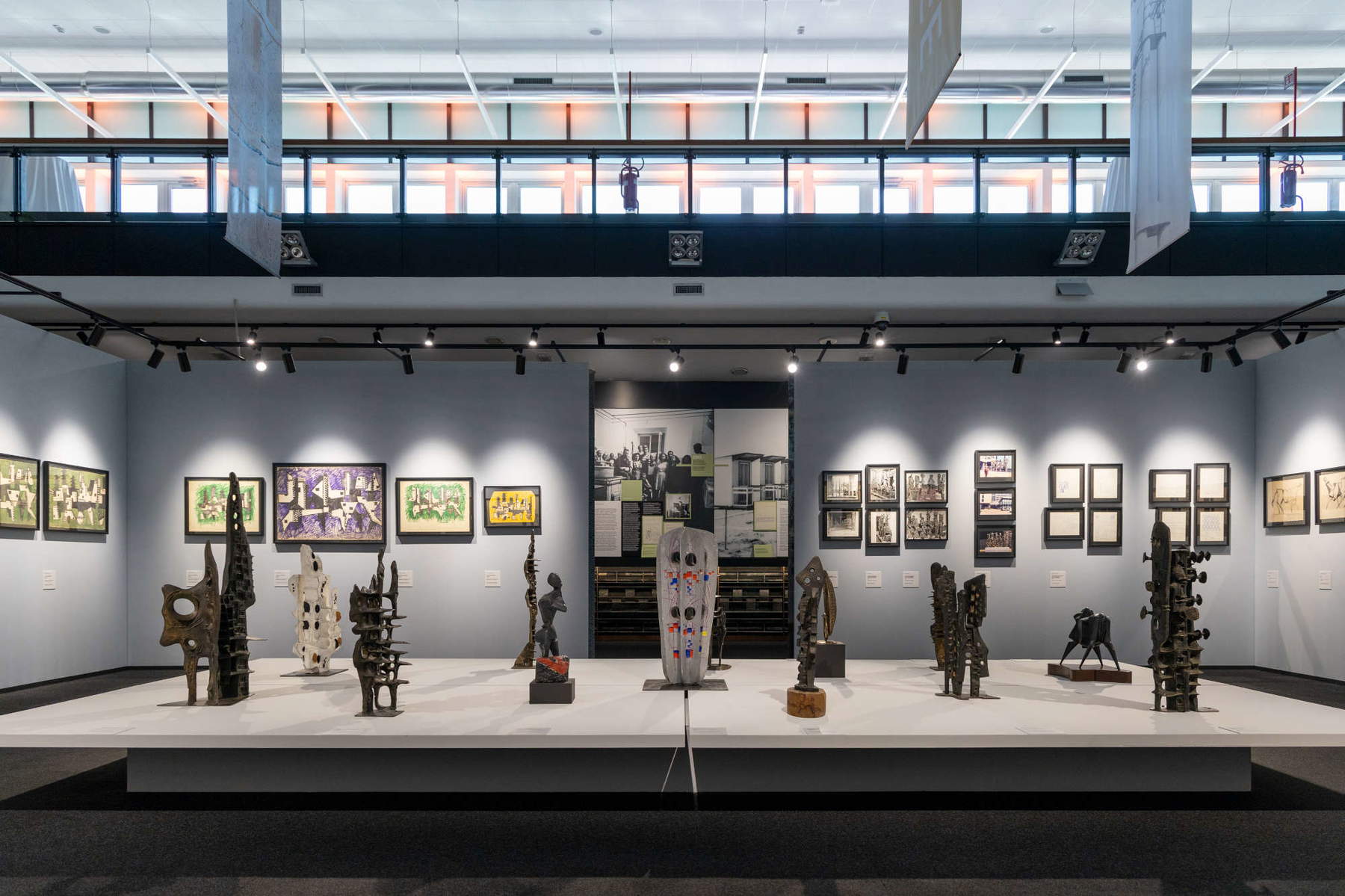
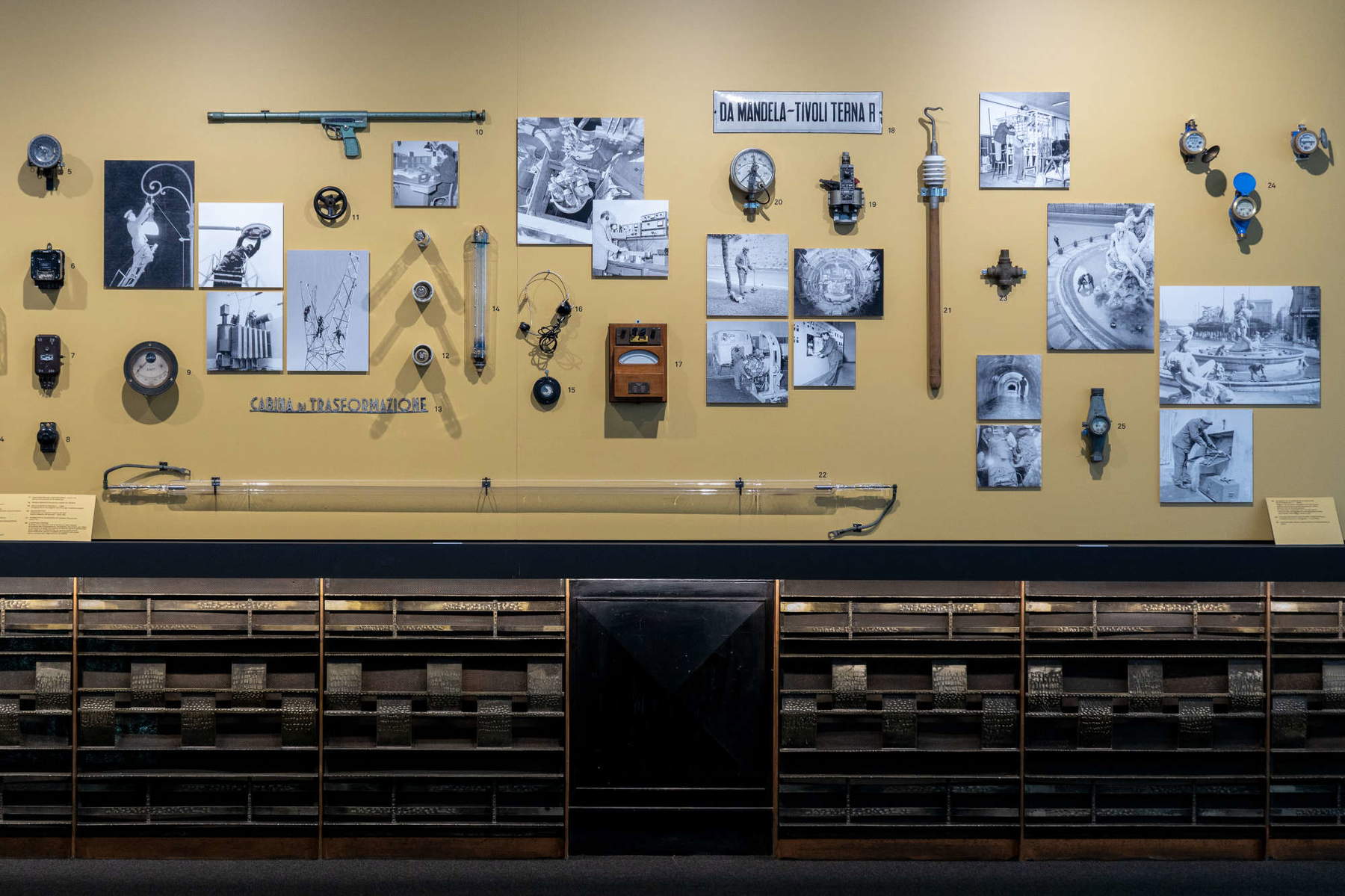
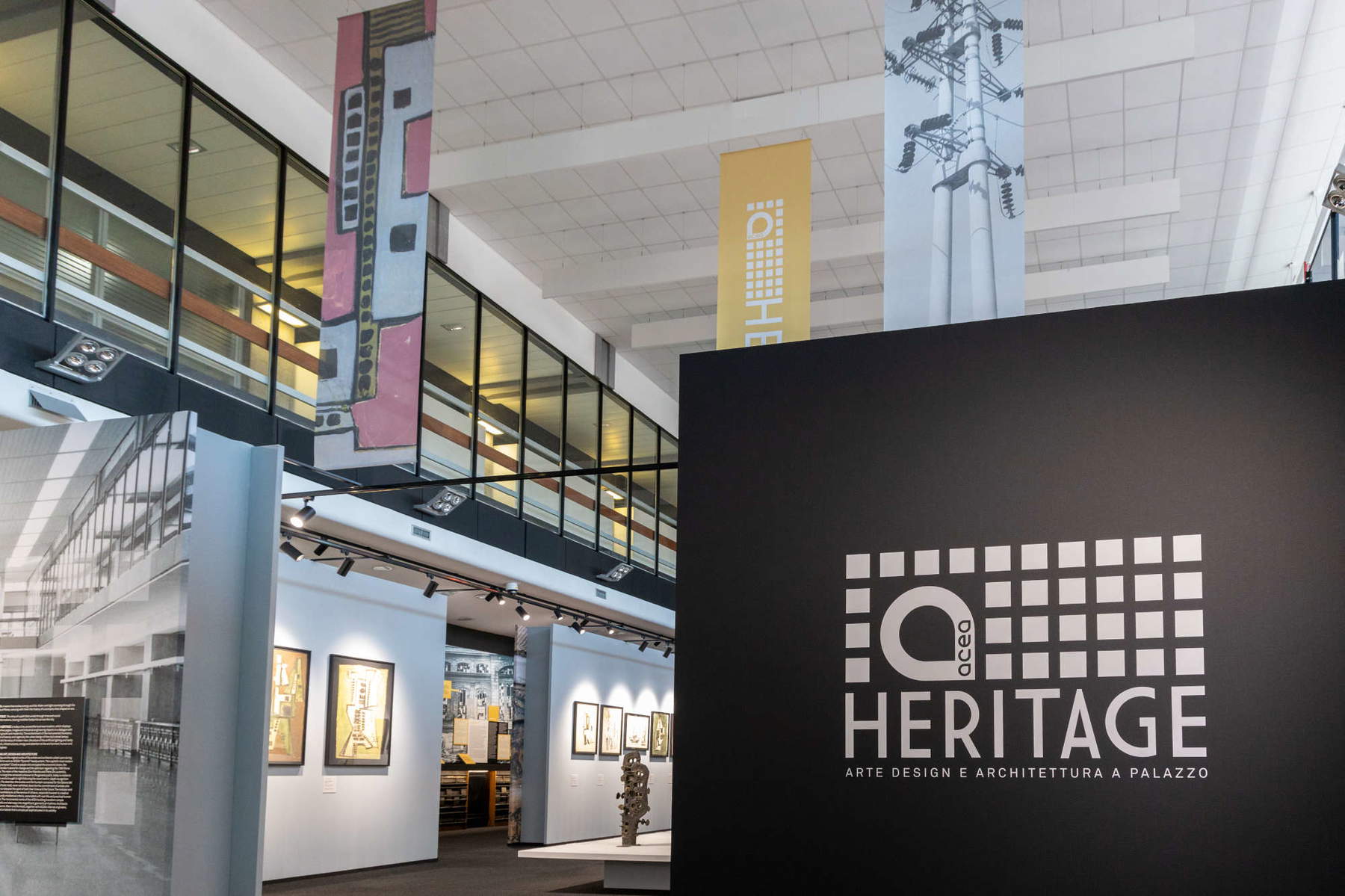
The heart of the exhibition is precisely the works of the artists Gino Marotta and Pietro De Laurentiis, who over the years have collaborated on the monumental sculptures in ACEA’s headquarters. On display are seventy works including drawings, sketches, sculptures and manuscripts, some of them previously unpublished, documenting the dialogue between art and public infrastructure after World War II. The presence of these materials makes it possible to trace the artistic vision that accompanied the company’s growth, in a season when aesthetics complemented the civic functions of industry.
Alongside the artistic section, ACEA Heritage preserves and makes available a vast historical photographic archive consisting of more than 31,000 images, visual evidence of the urban, technological and production transformations that followed over time. The exhibition also houses a company library with more than 600 volumes and publications, documenting technical, regulatory, economic and cultural aspects related to the history of the company and the city.
A significant part of the exhibit is dedicated to industrial instruments used in past decades: meters, ammeters, voltmeters, lamps from different eras. Through these objects, visitors can grasp the evolution of technologies used in public services and reflect on how innovation and engineering accompanied the modernization of the Capital.
ACEA Heritage is not intended to be just a static exhibition, but also an active cultural space, open to the consultation of the archive, the organization of public meetings, conferences, educational activities and moments of dissemination. The space thus represents a bridge between the past and the present, between the corporate experience and the collective dimension of urban memory. The exhibition, at the moment already accessible to ACEA employees, will be open to the public from September 2025, subject to reservation: citizens, scholars and visitors will thus be able to discover the company’s contribution to the history of the city and the country.
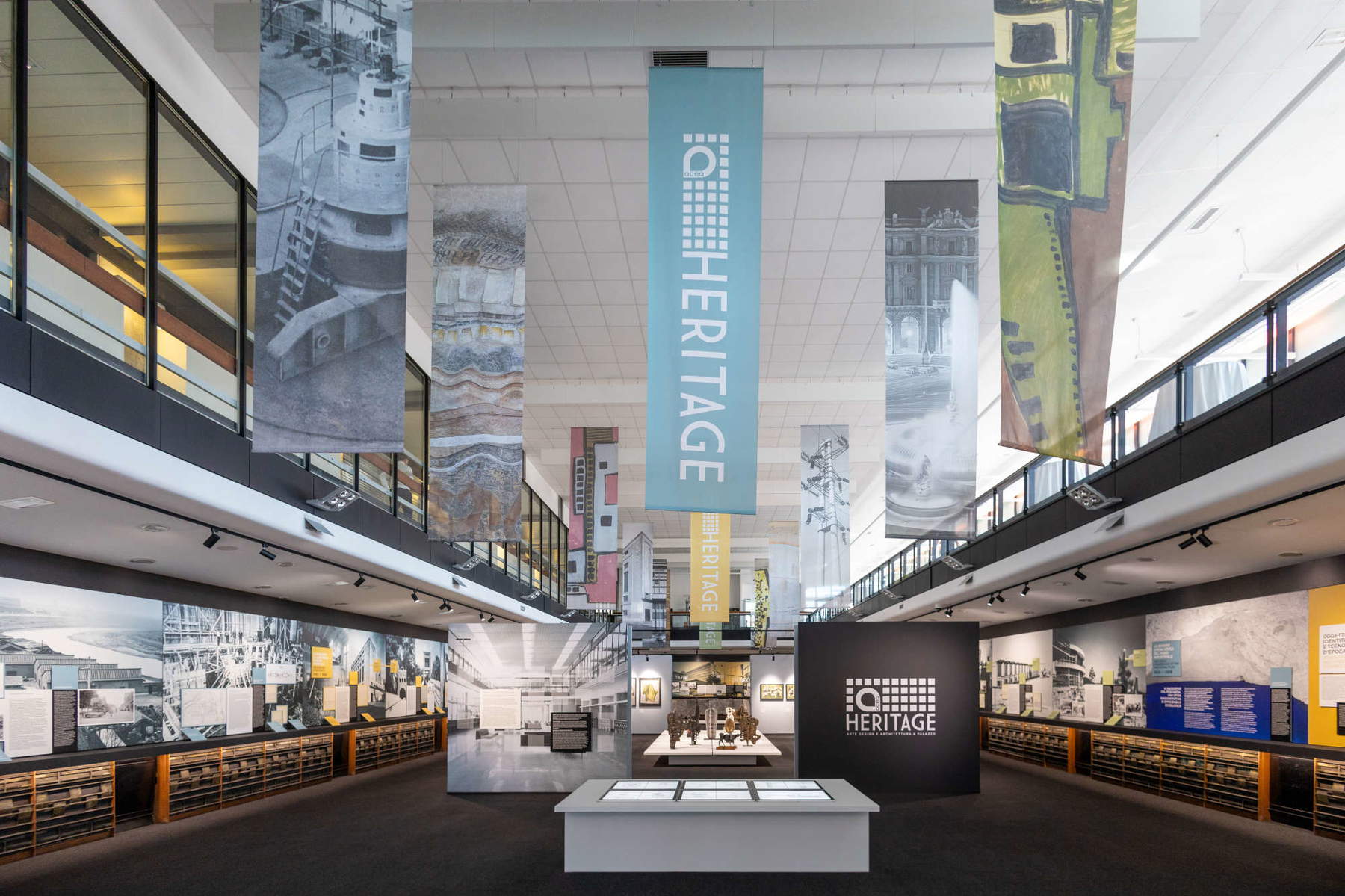
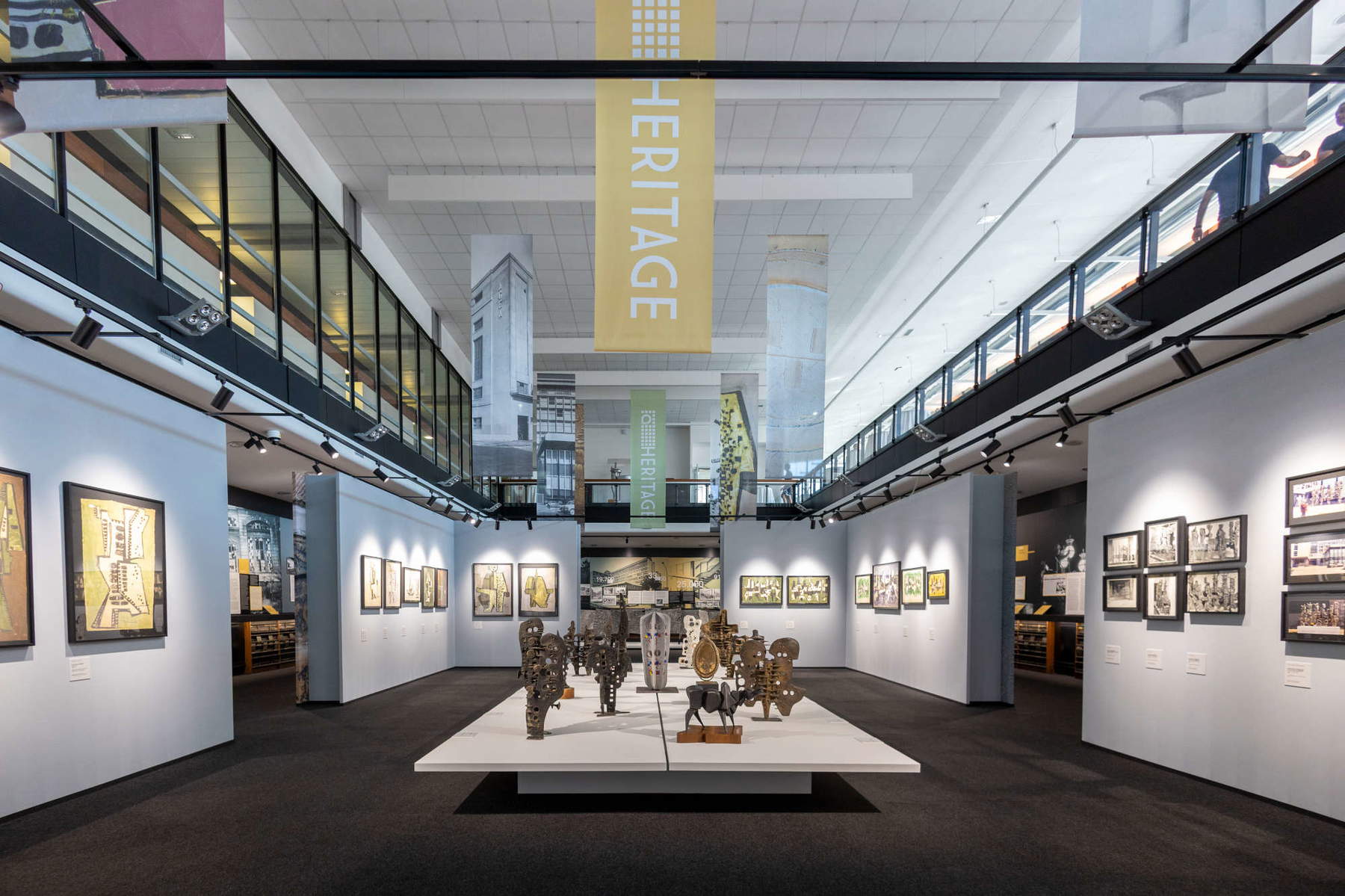
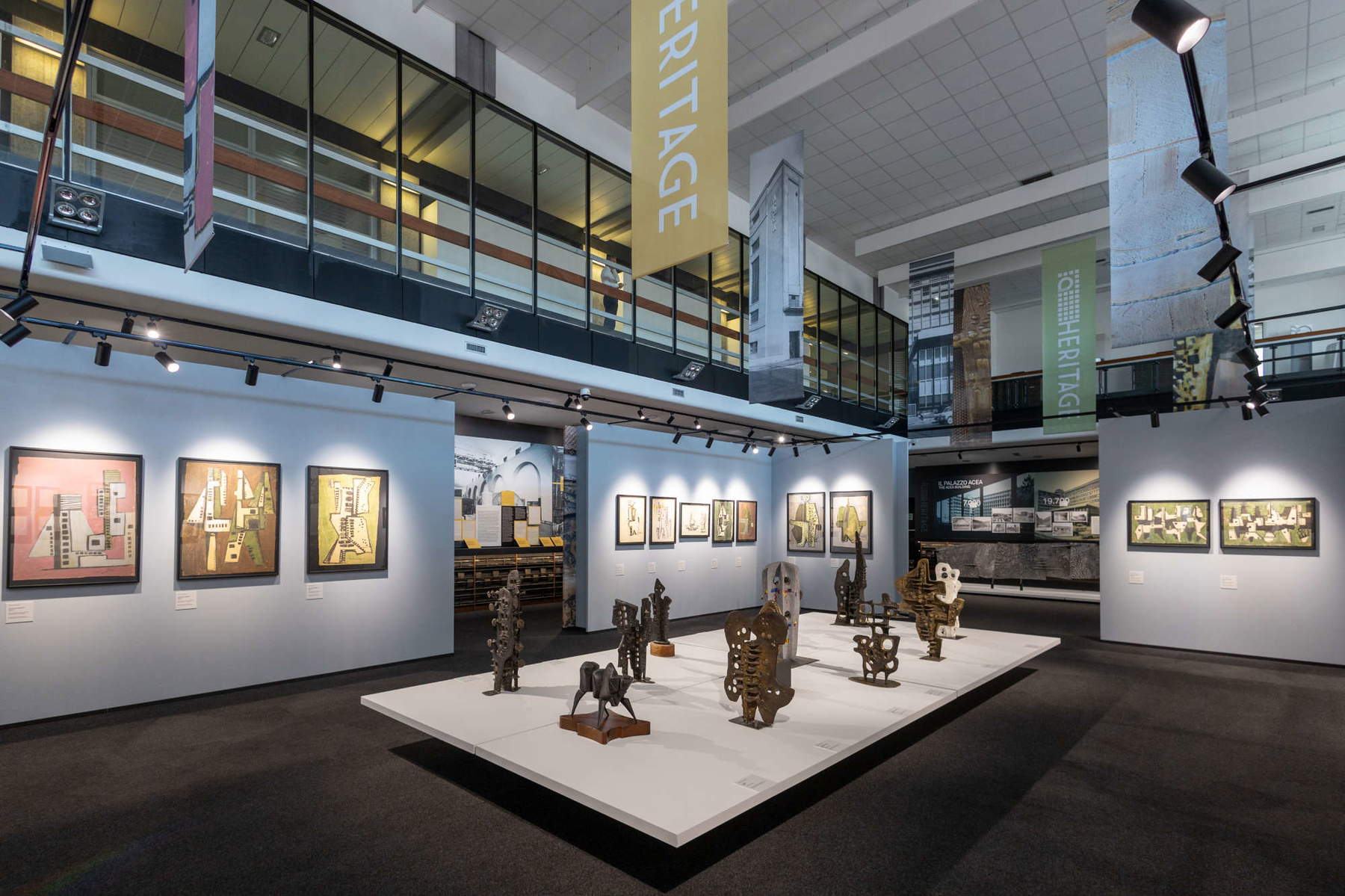
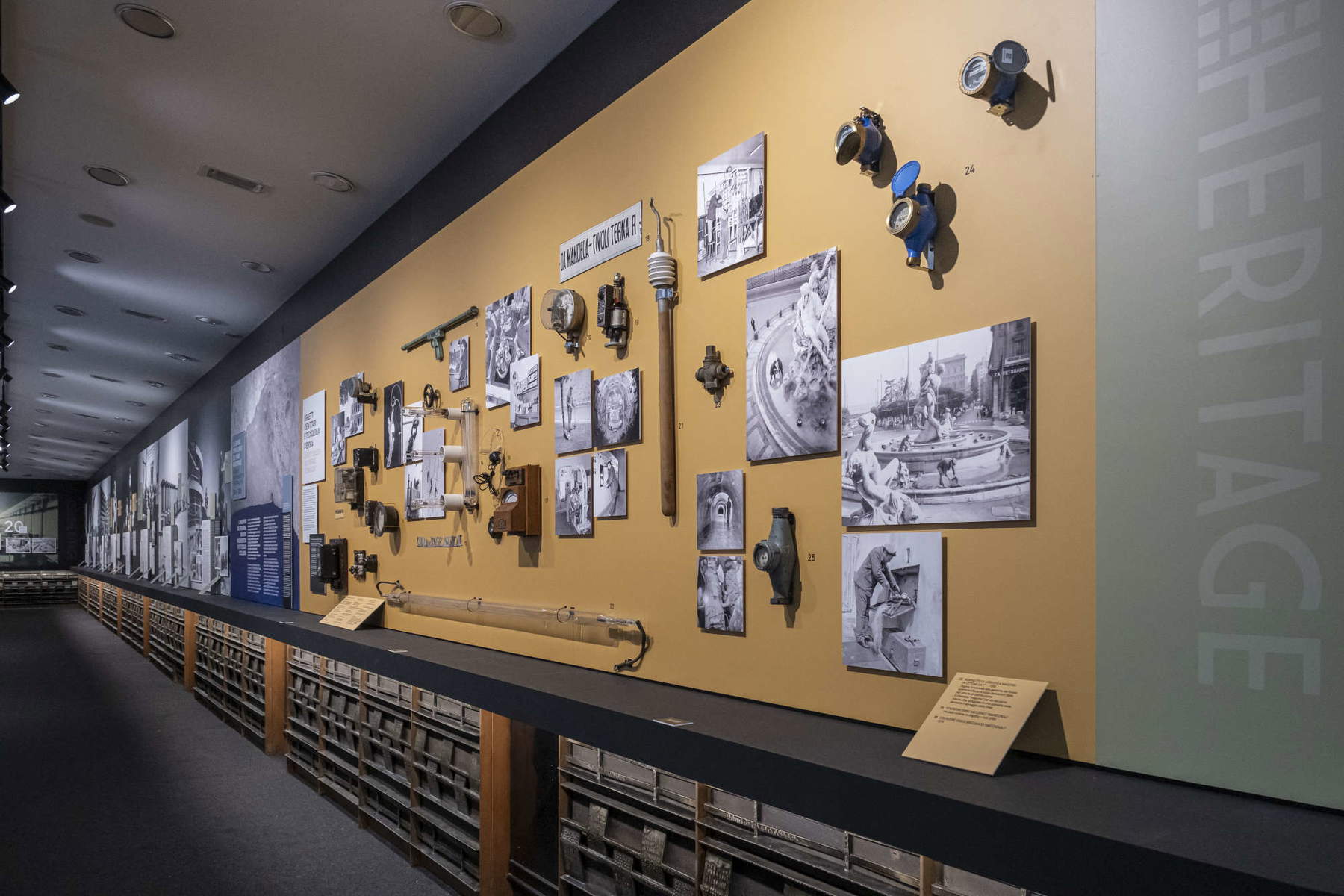
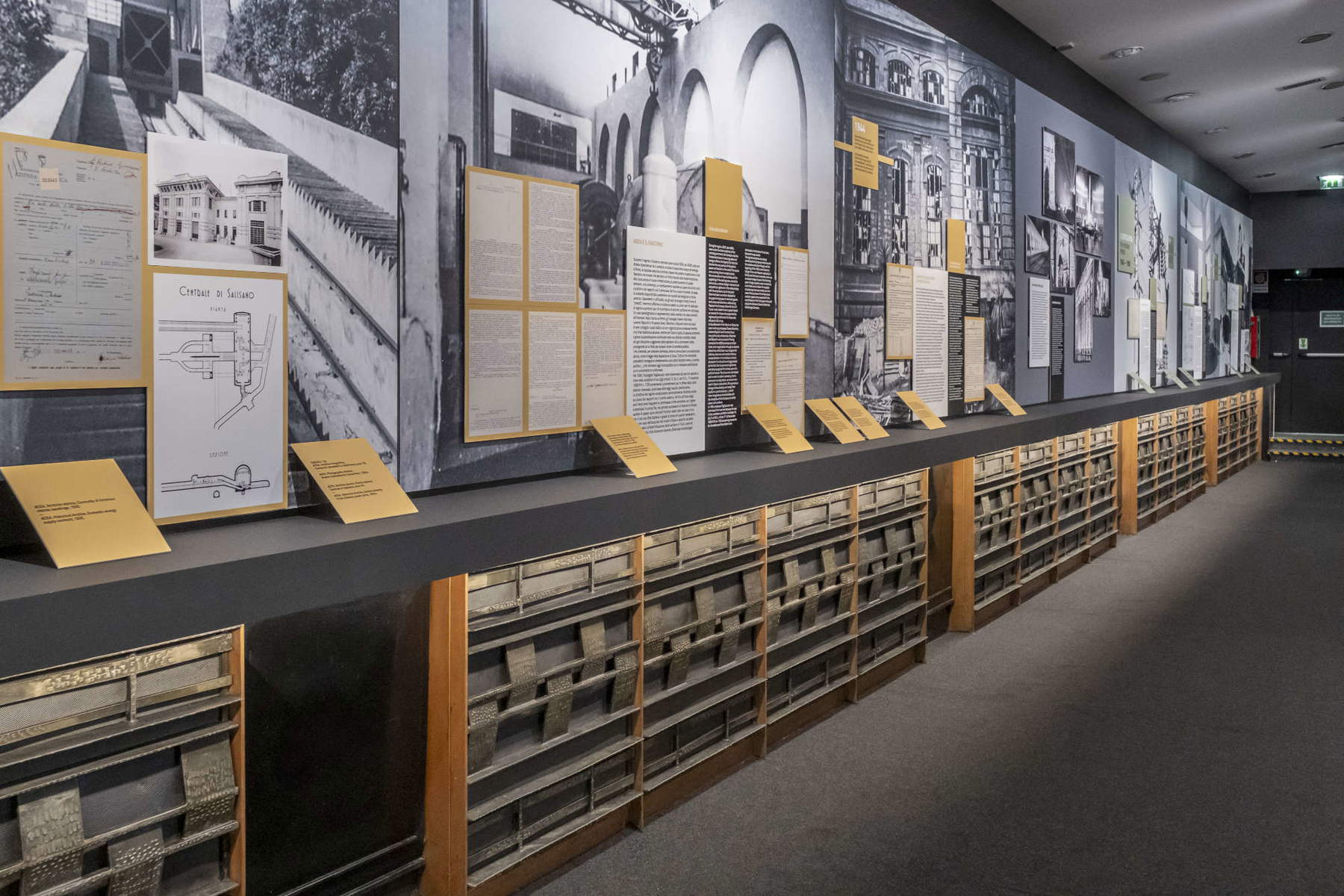
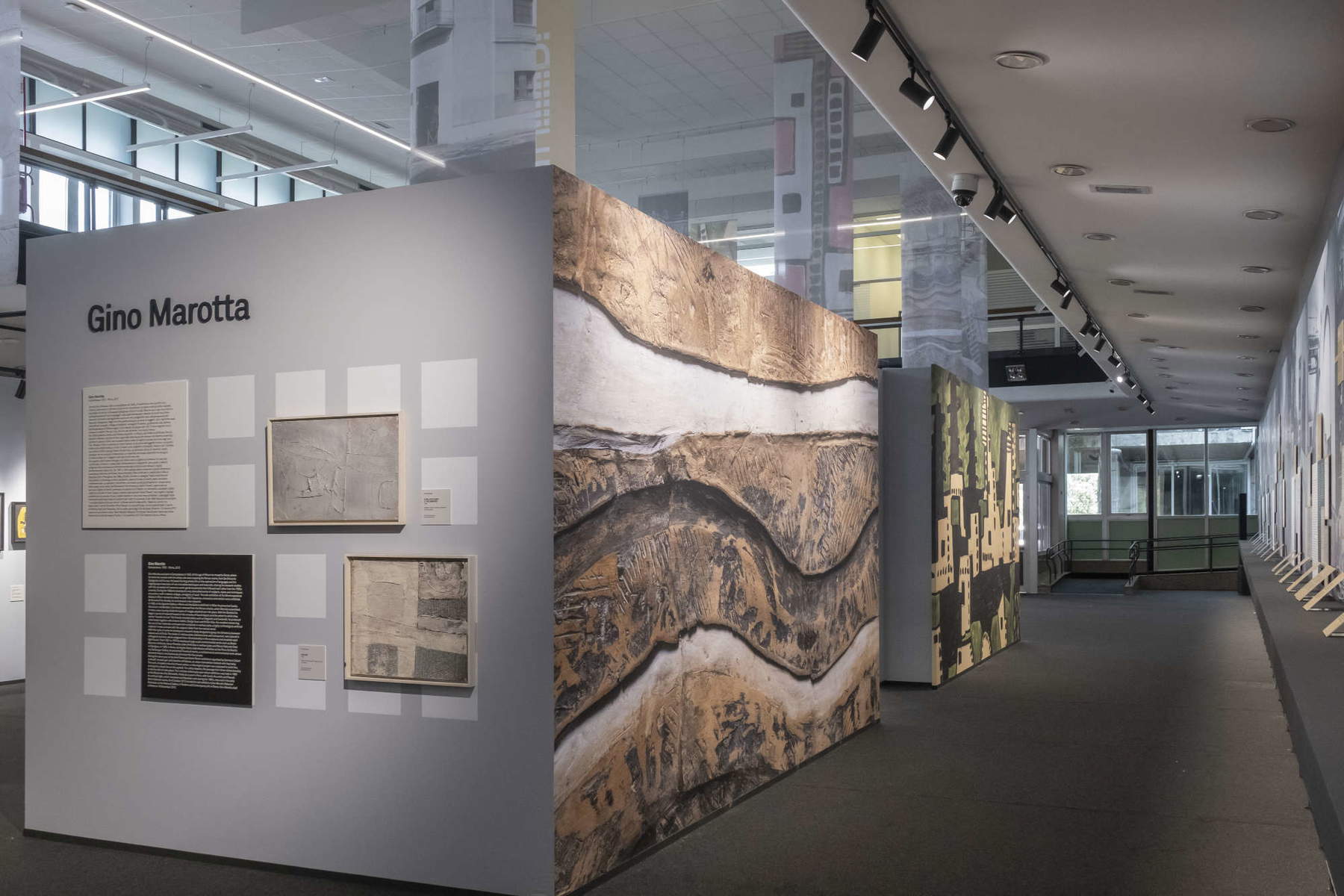
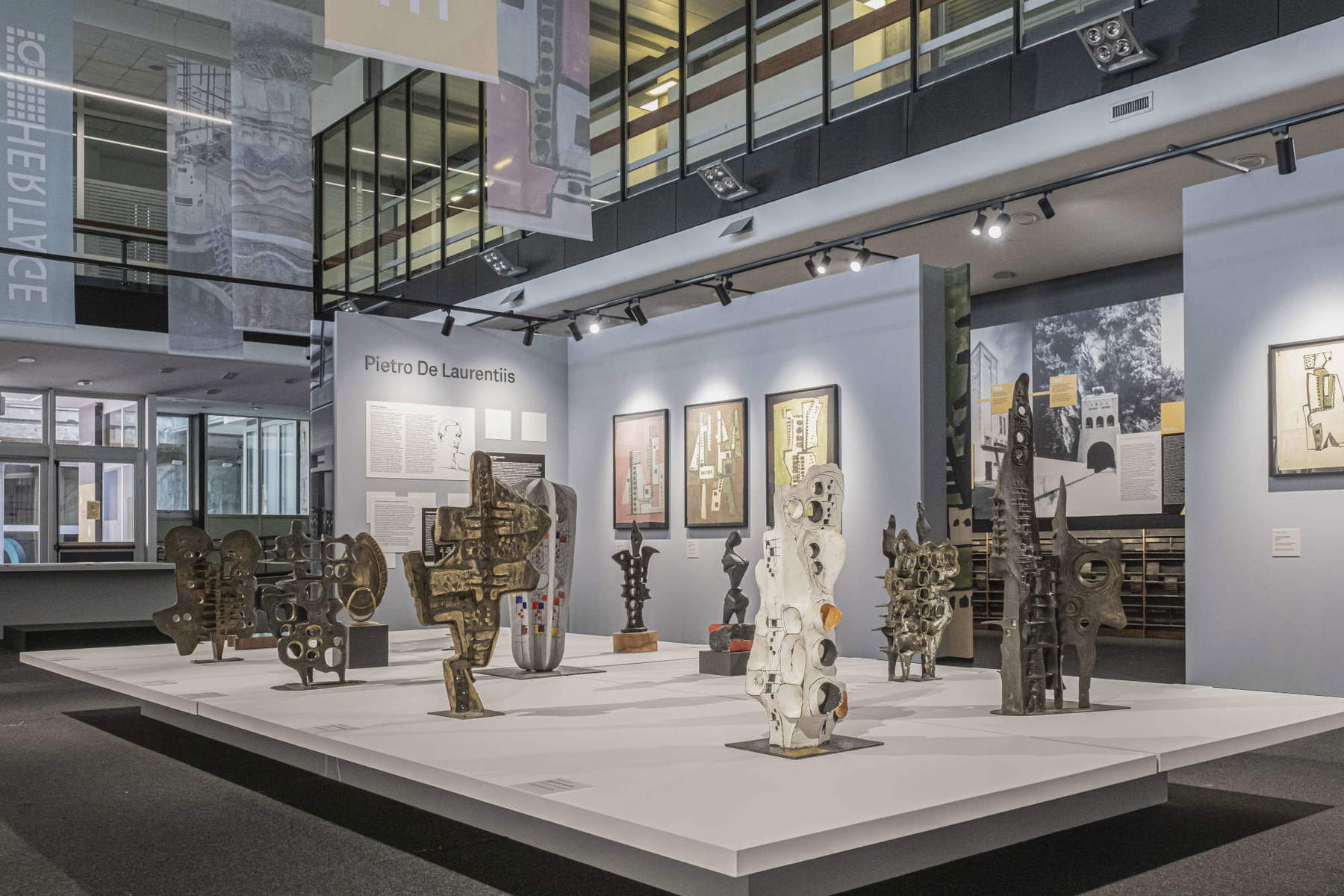
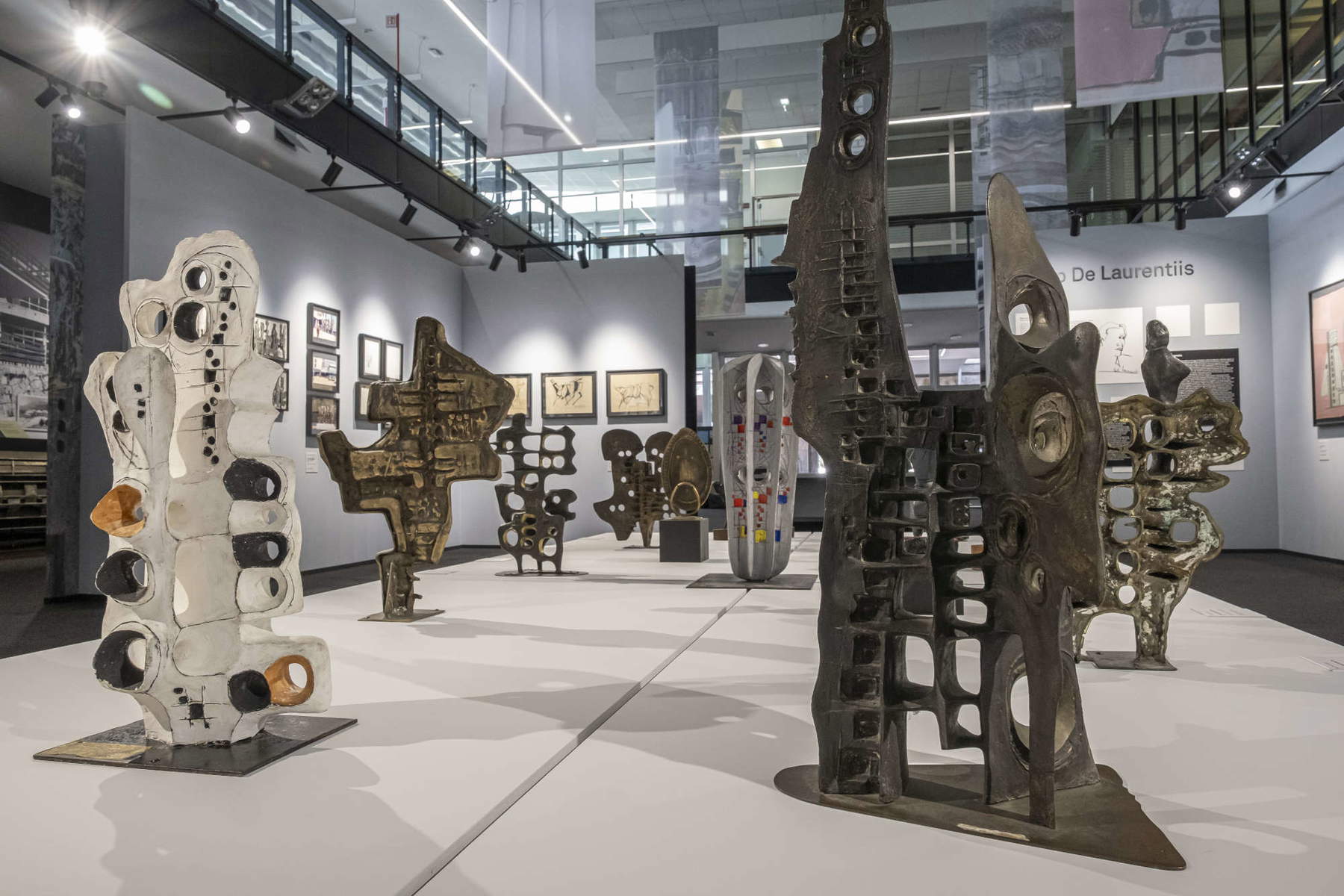
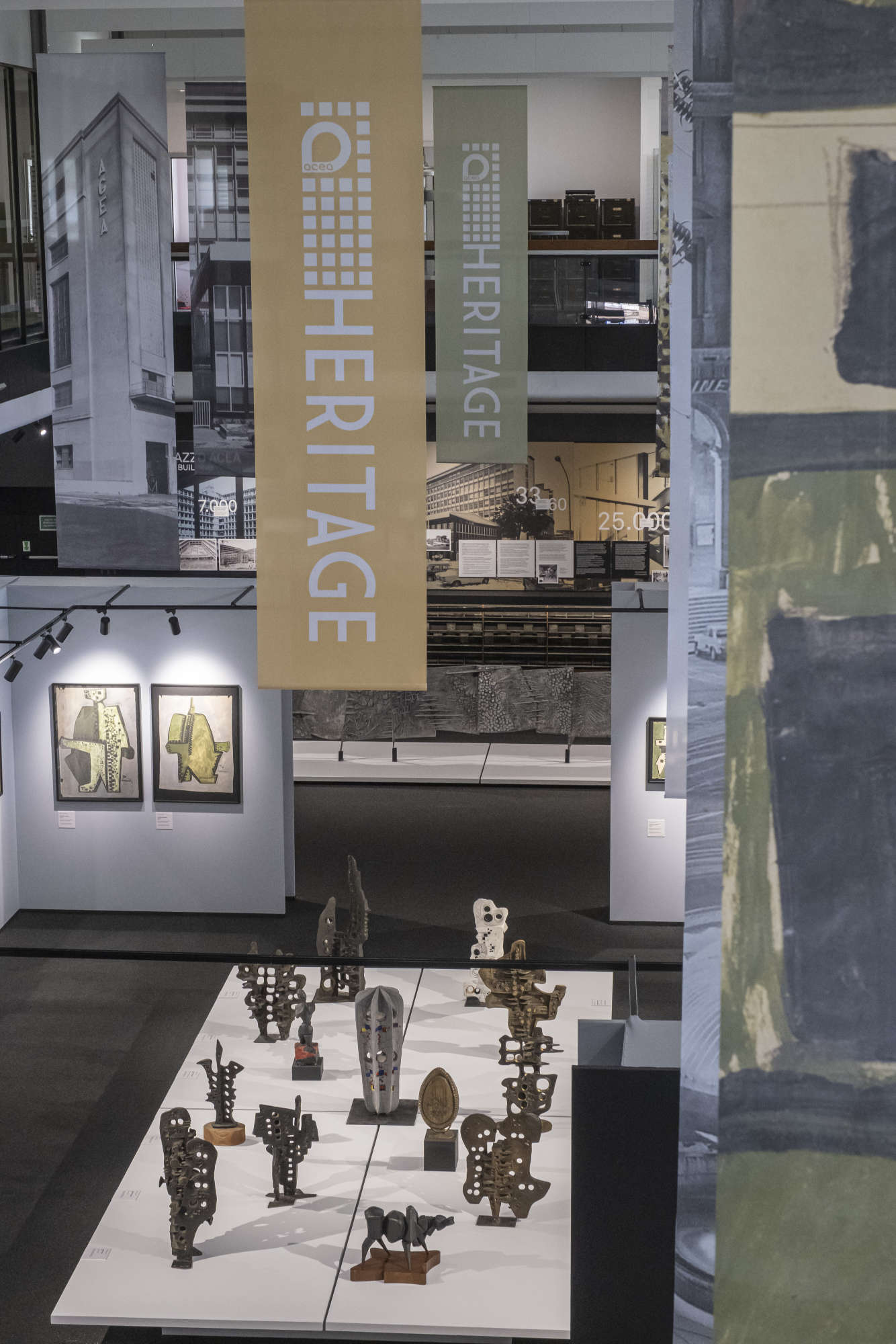
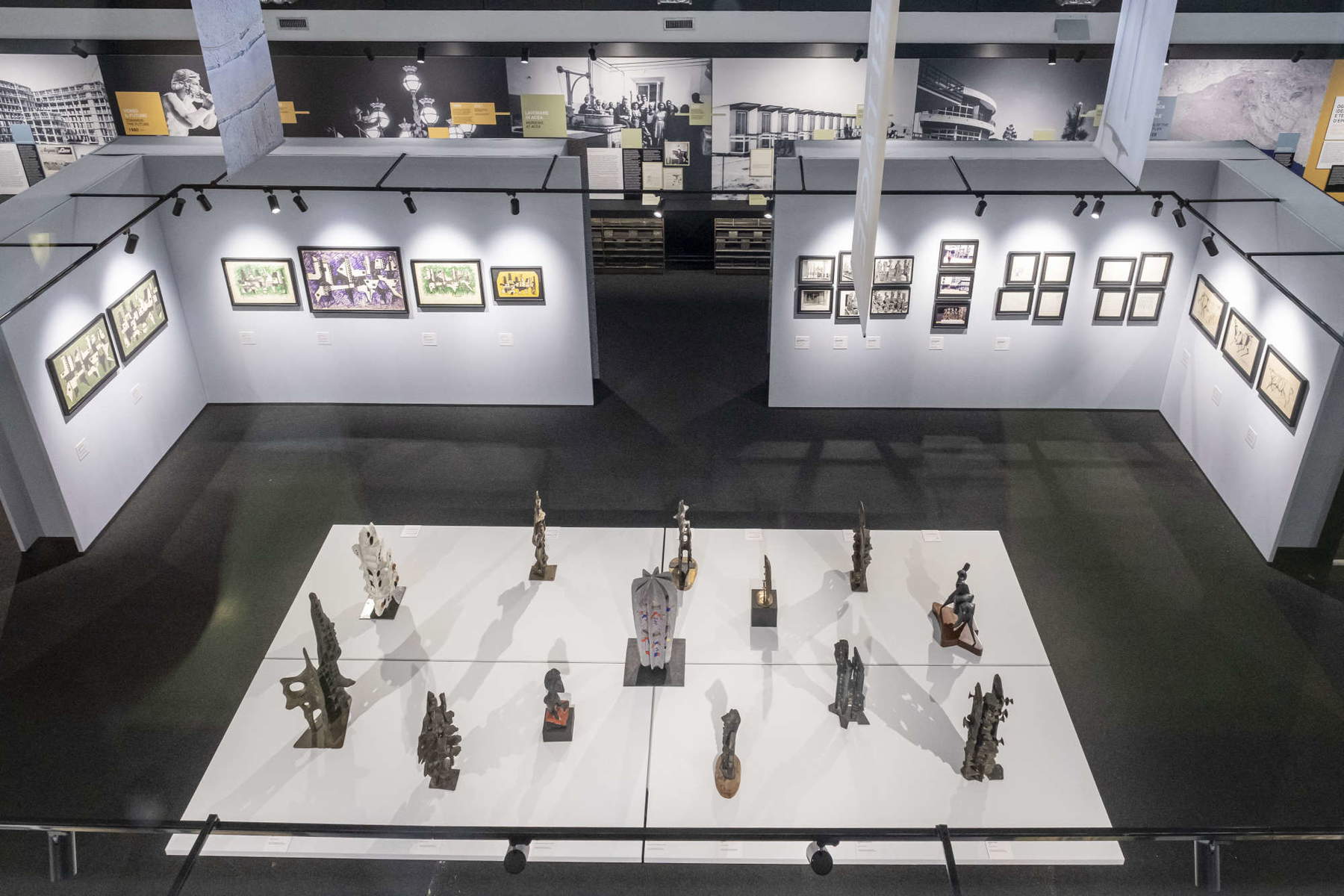
One of the central aspects of the project concerns the architectural enhancement of the headquarters in Piazzale Ostiense. Indeed, the building itself and the monumental fountain that accompanies it testify to the season of rationalist modernity in Rome and the ambition to integrate public services into the aesthetic and symbolic narrative of the city. The exhibition highlights these aspects as well, proposing an integrated reading of architecture, design and public function.
At a time in history when industrial memory is often neglected, ACEA Heritage aims to represent a significant cultural intervention, capable of bringing back to the center of public reflection the importance of documenting, preserving and interpreting the corporate past: an urban utility company can in fact become a key to understanding the economic, social and technological changes of the twentieth century and the first decades of the new millennium and provide the tools to understand how the future will be oriented.
“Acea Heritage represents the history and culture of ACEA and Italy, recounting them through objects, documents and works,” says Fabrizio Palermo, ad of ACEA. “Our cultural space joins a network of institutions, that of the Musei d’Impresa, which preserve and enhance the industrial and cultural heritage of Italian companies. Here it will be possible to discover how ACEA has contributed to the economic, social and civil growth of our country: the historical heritage on display is unique and represents our creativity and commitment to quality. We are proud to be able to share our spaces with the community and tell our story.”
“With the opening of today’s exhibition, the company opens its doors to a space, returned to the public, that celebrates tradition, culture and values,” says ACEA President Barbara Marinali. “The initiative is a tribute to the passion and dedication of those who have helped build the company, serving as a springboard to the future by learning about their roots and strengthening corporate identity. I hope Acea Heritage can become a landmark for the community and a symbol of the values that guide us: innovation, sustainability and respect for people.”
 |
| Rome, new cultural space opens: ACEA Heritage, industrial memory in historic company headquarters |
Warning: the translation into English of the original Italian article was created using automatic tools. We undertake to review all articles, but we do not guarantee the total absence of inaccuracies in the translation due to the program. You can find the original by clicking on the ITA button. If you find any mistake,please contact us.